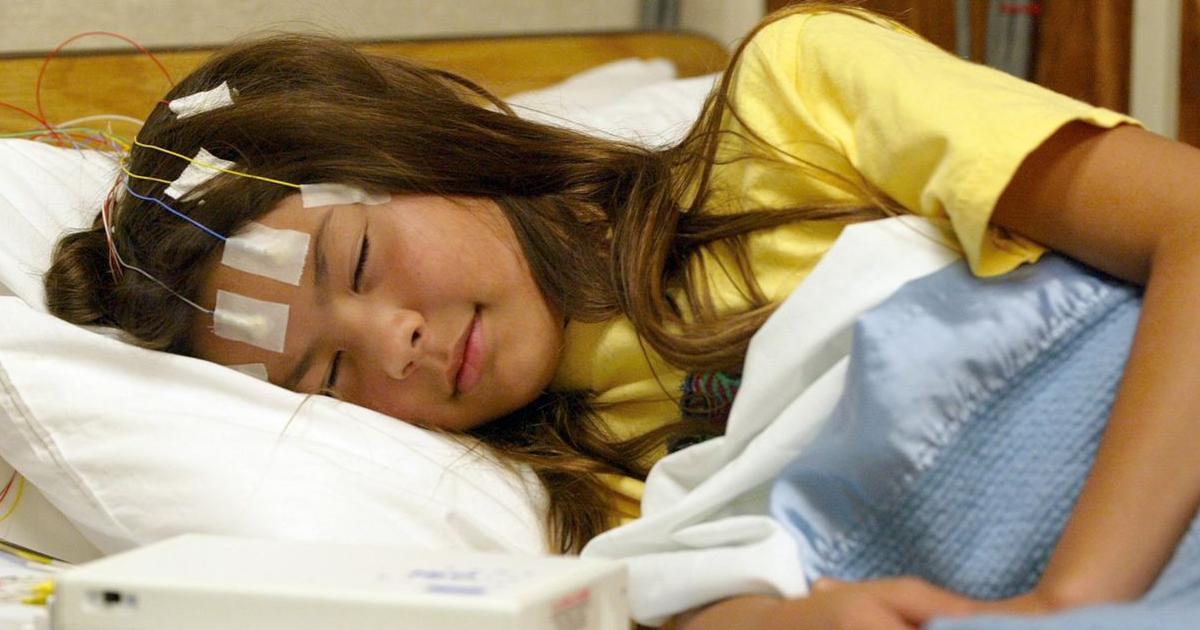What Are The Major Types Of Seizures?
Epilepsy, the most common seizure condition, occurs when there's abnormal electrical activity in an individual's central nervous system. The misfiring nerves cause seizure activity, which can affect the muscles, senses, or behavior on a short-term basis. Different people tend to have different seizures and symptom presentations, but most have fairly consistent symptoms from seizure to seizure. The two main types of seizures are focal and general seizures. Some seizures are more common in children, while others are more common in adults. Because seizures due to epilepsy can often be mistaken for other psychiatric, neurological, or muscle disorders, or vice versa, it's important for individuals to undergo thorough testing before receiving a diagnosis.
Get the details on the major types of seizures now.
Focal Seizures

A focal seizure starts in one part of the brain and tends to be localized. The names of different focal seizures are centered around the area of the brain where they happen. Focal seizures can cause emotional and physical effects, such as sensory hallucinations and unexplained emotions. Around sixty percent of those with epilepsy have focal seizures. Depending on the symptoms, focal seizures can sometimes be mistaken for psychiatric disorders like schizophrenia, other neurological disorders, or sleep disorders like narcolepsy. Some focal seizures don't cause a loss of consciousness, and these tend to alter the affected individual's perception or emotions. Patients might hear, smell, feel, see, or taste things differently. Some experience involuntary muscle jerking of a body part. It's also common to see flashing lights or feel tingling and dizziness. A focal seizure with impaired awareness causes a brief loss of consciousness. Someone having an impaired awareness focal seizure might stare into space and fail to respond to normal stimuli, or they may perform repetitive motions like swallowing, chewing, and rubbing their hands.
Uncover information on more types of seizures now.